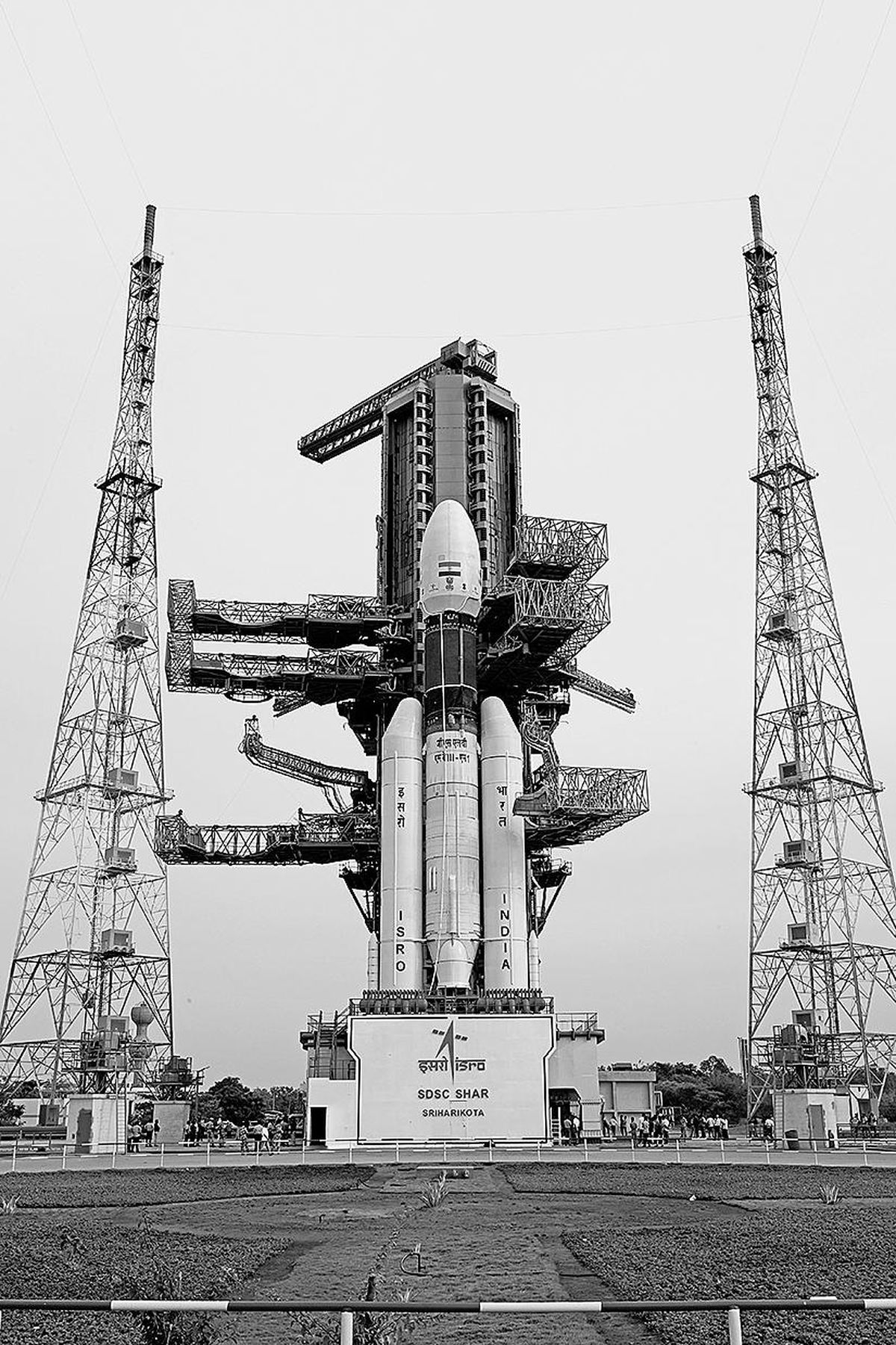India space agency relocates moon lander

NEW DELHI – A day after India’s bold mission to land on the moon appeared to have failed, the country’s space agency announced that the missing lander had been located, raising hopes for a turnaround.
K. Sivan, head of the Indian Space Research Organization, told the news agency ANI that the mission’s orbiter had clicked a thermal image of the lander from its cameras. “We are trying to establish contact. It will be communicated soon,” he said.
Vikram, the lander of Chandrayaan-2, which blasted off in July, was scheduled to soft-land on the lunar south pole early Saturday local time. While its descent began as planned, communication with it snapped minutes before touchdown, leading to heartbreak across the nation.
In an address to the nation, Prime Minister Narendra Modi told the space agency that the entire country was proud of it. Support for the scientists leading India’s space exploration efforts poured in from across the world. “You have inspired us,” NASA said in a tweet.
The multiple payloads abroad Chandrayaan-2 for conducting scientific experiments included a NASA payload, as well. India had hoped to become the fourth country after the United States, Russia and China to land on the moon. The mission, which the agency described as “highly complex,” was aiming to land in the previously unexplored south pole region. The goal was to look for water on the moon and study its topography.
The success rate of landing on the moon is about 50 percent. Earlier this year, an Israeli spacecraft, Beresheet, attempting to land on the moon crashed in its final moment.
India’s homegrown and low-cost space exploration program has notched previous successes. In 2014, it became the first country to reach Mars on its first attempt. It has announced plans to send its first manned mission to space by 2022.
India’s first moon mission, Chandrayaan-1, launched in 2008 and was instrumental in the discovery of water molecules on the lunar surface.